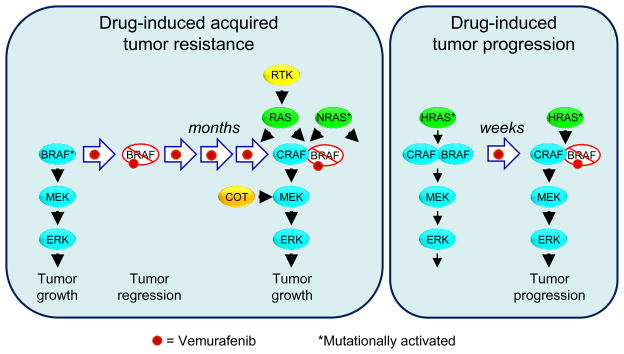Figure 1. Consequences of RAF Inhibitor Therapy.
Cellular responses to vemurafenib treatment in BRAF-mutant melanoma or RAS-mutant skin epithelial cells. In both settings, concurrent treatment with a MEK inhibitor may decrease the onset of these mechanisms of tumor resistance or tumor progression.
(A) Resistance mechanisms for BRAF-mutant melanomas. inactivation of BRAF(V600E) mutant by RAF inhibitor initially leads to inhibition of MEK-ERK signaling. However, tumor cells can develop resistance by multiple mechanisms, including upregulated expression of receptor tyrosine kinases (RTK) or mutational activation of NRAS leading to CRAF-dependent activation of MEK or by overexpression of the COT/TPL2 serine/threonine protein kinase, a direct activator of MEK1/2.
(B) Mutationally activated RAS forms a complex with a BRAF/CRAF heterodimer. RAF inhibitor binds preferentially to BRAF and inactivates it, but also causes transactivation of the associated CRAF, enhancing MEK-ERK activation and cellular proliferation.

